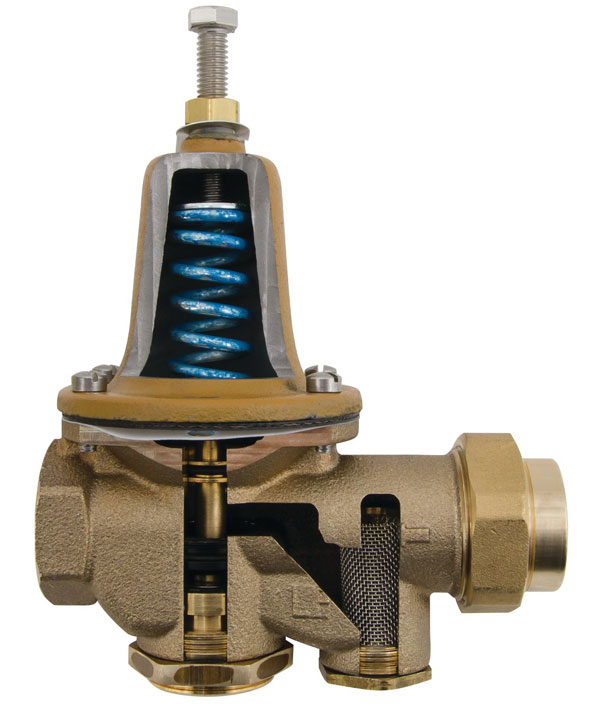David Daiker
New Member
I did some searching but could not find much about low flow rate problems. If my search foo failed me I apologize.
I've been in my home for 16 years now, it was built in 1997. My "water pressure" was never great but livable. By "water pressure" I really mean how much water can I push through my system at once. If we are using the shower what happens when we flush the toilet, etc. In recent years we've noticed that this has gotten really bad. If we are taking a shower and we use any water anywhere else (except the toilet in the same bathroom for some reason) the shower goes down to a trickle. We've also noticed a significant reduction in the how much ground we can cover when watering the lawn. I've installed low flow shower heads, turned my toilets supply line to 1/2 open and adjusted my pressure regulator so I have about 75psi but still no joy.
I measured my flow using the bucket and stop watch method and came up with about 2.5gpm. This is from a hose spigot very close to my line coming in the house. It comes in the house in a 3/4 copper pipe, then to my water softener, then to a 3/4 3/4 1/2 T. The 1/2 goes to the host spigot and the 3/4 goes to the rest of the house. Probably less than 20' of pipe from wall to spigot.
I measured the flow with the water going through the softener and with the softener's bypass on. About the same results (well withing margin of error of a bucket measurement).
Is this kind of flow rate "normal"? Is there anything I can do about it as a DYI project? Is there something a plumber can do about it?
I've been in my home for 16 years now, it was built in 1997. My "water pressure" was never great but livable. By "water pressure" I really mean how much water can I push through my system at once. If we are using the shower what happens when we flush the toilet, etc. In recent years we've noticed that this has gotten really bad. If we are taking a shower and we use any water anywhere else (except the toilet in the same bathroom for some reason) the shower goes down to a trickle. We've also noticed a significant reduction in the how much ground we can cover when watering the lawn. I've installed low flow shower heads, turned my toilets supply line to 1/2 open and adjusted my pressure regulator so I have about 75psi but still no joy.
I measured my flow using the bucket and stop watch method and came up with about 2.5gpm. This is from a hose spigot very close to my line coming in the house. It comes in the house in a 3/4 copper pipe, then to my water softener, then to a 3/4 3/4 1/2 T. The 1/2 goes to the host spigot and the 3/4 goes to the rest of the house. Probably less than 20' of pipe from wall to spigot.
I measured the flow with the water going through the softener and with the softener's bypass on. About the same results (well withing margin of error of a bucket measurement).
Is this kind of flow rate "normal"? Is there anything I can do about it as a DYI project? Is there something a plumber can do about it?

